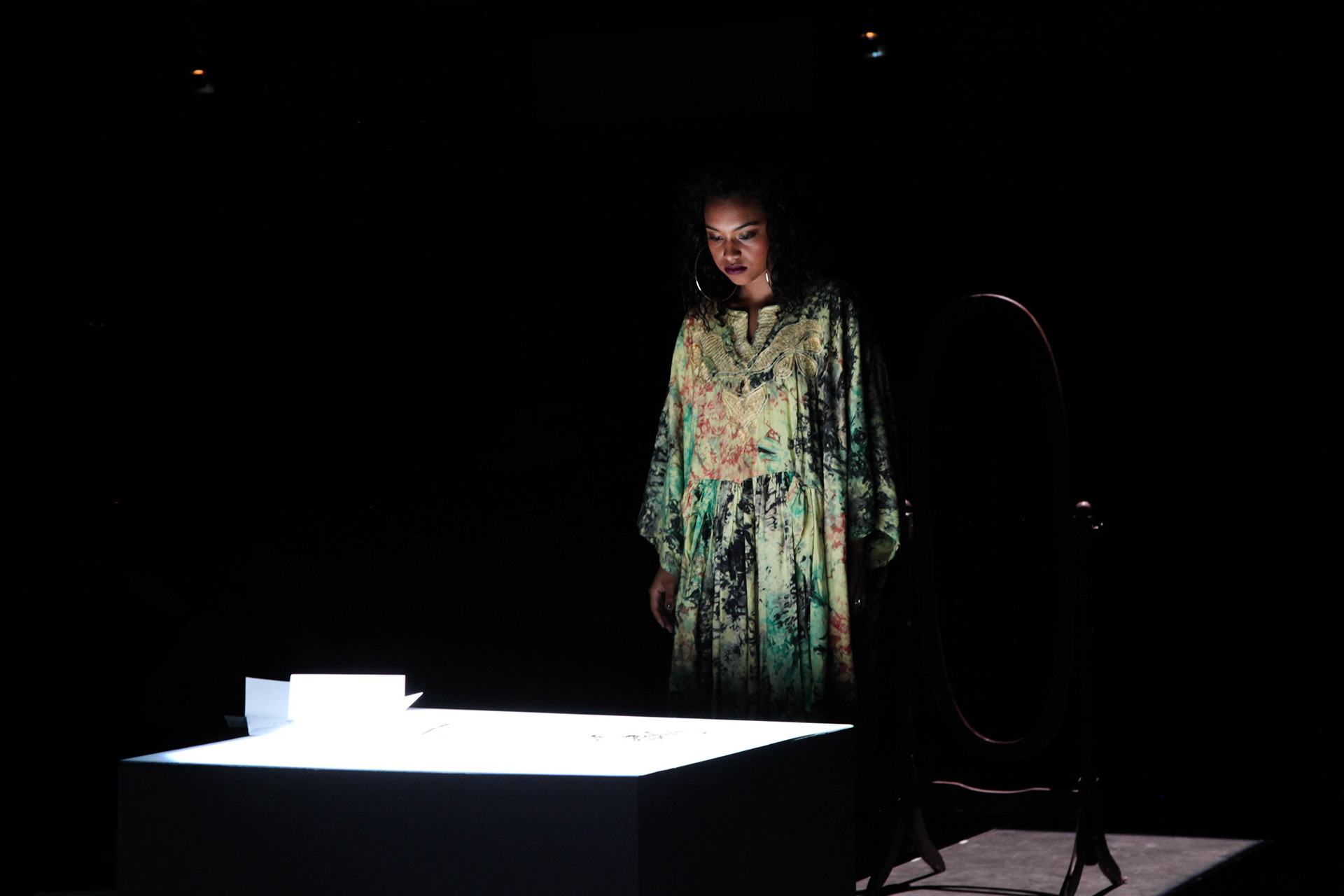Production History
The Colored Museum: Discussion/Analysis. Let's start today by examining your favorite scene or monologue from The Colored Museum. Take a few minutes to re-read the scene/monologue. Take 10 minutes to complete your comment. In the COMMENT section of this blog, please answer one of the following questions. Make sure you identify the monologues.
- Read Book The Colored Museum Script and transformed audiences all over the country. Passionate and fearless, Shange's words reveal what it is to be of color and female in the twentieth century. First published in 1975 when it was praised by The New Yorker.
- The Colored Museum Play; I absolutely LOVED this play. Firework sound effects free download3. Though I haven't seen this version, my high school performed it this year. Gauging from the audience's reaction, and my own, even for those not of African-American descent George Wolfe's work is a must read/must see for all!
Textual Lineage
Script Preparation
Playwright Chronology
Contextual Chronology
Media
Promotion
Critical Reception
Critical Bibliography
Contextual Bibliography
For Mount Holyoke's production of The Colored Museum, two of the scenes were cut: 'The Soldier' and 'Permutations'. There were also modifications to certain characters' sexes. While these were not dramaturgical decisions, it is important to explain this aspect of the production.
Pre-Casting Cuts'Permutations' was cut because of the time limit; the show would have run past an hour and fifteen minutes. Instead of cutting down individual scenes, the directors instead chose to cut entire scenes. 'Permutations' was also far more complex and the directors were worried it would get lost to the audience.

'The Soldier' was cut also for time. The choice of cutting this piece probably dealt with audience; would the audience be as aware of the popular stereotypes associated with black soldiers?
Post-Casting ChangesNo men tried out to work in this piece. This created somewhat of a problem; for instance, 'Miss Roj' had gender and sex roles included in it as a theme, which almost demanded a man.
The directors decided that they needed to work with the best people who tried out. The sexes of almost all the characters remained the same; the only roles that were changed were the two characters in 'Symbiosis' and one of the models in 'Photo Session'.
Because the woman cast to play Topsy also was cast to play Lala, the scene 'Lala's Opening' was swapped with 'Symbiosis' to give the actor a change to prepare for her next role. In addition, instead of having Lala's lines about her dream in the final scene with Topsy, the directors chose to have the Girl from 'Photo Session' say her lines from 'The world was becoming too much for us...'
Information last updated May 14, 2006. Page last updated 3 October 2009.
March 29, 2011
English 1B
“Git on Board”
The Colored Museum Script Online
The Colored Museum Script Pdf

